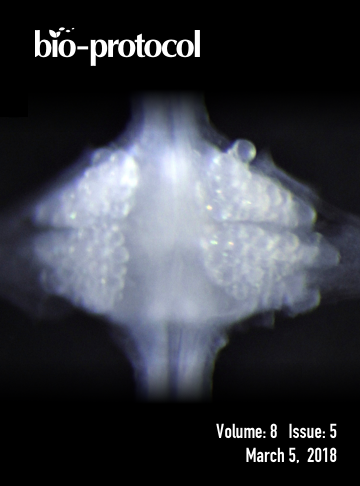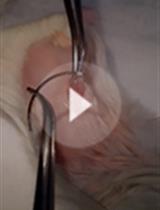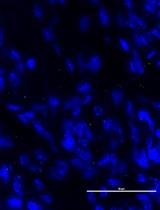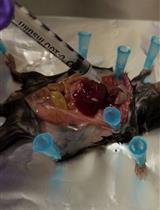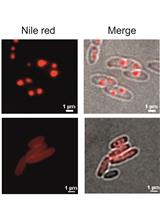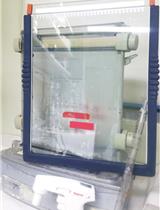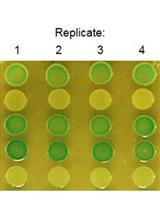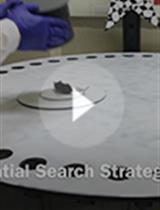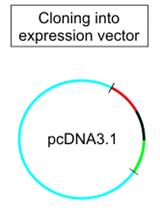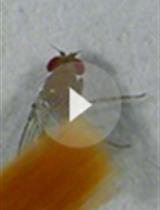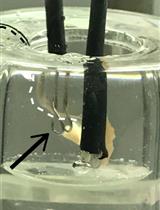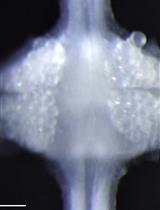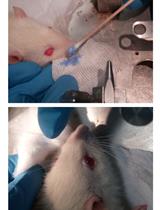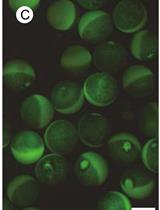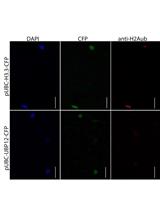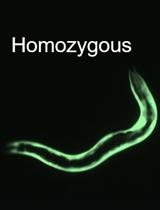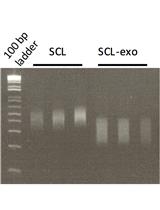- Submit a Protocol
- Receive Our Alerts
- EN
- Protocols
- Articles and Issues
- About
- Become a Reviewer
Past Issue in 2018
Volume: 8, Issue: 5
Developmental Biology
Terminal Deoxynucleotidyl Transferase Mediated Production of Labeled Probes for Single-molecule FISH or RNA Capture
Immunology
Murine Pancreatic Islets Transplantation under the Kidney Capsule
Mono Sodium Urate Crystal-induced Peritonitis for in vivo Assessment of Inflammasome Activation
Quantification of Bacterial Attachment to Tissue Sections
Intravenous Labeling and Analysis of the Content of Thymic Perivascular Spaces
Microbiology
Determination of Polyhydroxybutyrate (PHB) Content in Ralstonia eutropha Using Gas Chromatography and Nile Red Staining
Visualization of RNA 3’ ends in Escherichia coli Using 3’ RACE Combined with Primer Extension
In vivo Analysis of Cyclic di-GMP Cyclase and Phosphodiesterase Activity in Escherichia coli Using a Vc2 Riboswitch-based Assay
Neuroscience
Barnes Maze Procedure for Spatial Learning and Memory in Mice
Construction and Cloning of Minigenes for in vivo Analysis of Potential Splice Mutations
Flight and Climbing Assay for Assessing Motor Functions in Drosophila
Mouse Phrenic Nerve Hemidiaphragm Assay (MPN)
Dual-sided Voltage-sensitive Dye Imaging of Leech Ganglia
A Fluorescent Dye Method Suitable for Visualization of One or More Rat Whiskers
Plant Science
Quantification of Plant Cell Death by Electrolyte Leakage Assay
Large Scale Field Inoculation and Scoring of Maize Southern Leaf Blight and Other Maize Foliar Fungal Diseases
Boron Uptake Assay in Xenopus laevis Oocytes
Histone Deubiquitination Assay in Nicotiana benthamiana
Systems Biology
Synthetic Genetic Interaction (CRISPR-SGI) Profiling in Caenorhabditis elegans
Coupling Exonuclease Digestion with Selective Chemical Labeling for Base-resolution Mapping of 5-Hydroxymethylcytosine in Genomic DNA


